Turbulent flights, cross-country car rides and rocky boat rides may leave some children feeling dizzy, lightheaded and nauseous. Others may feel their stomach turn during stop-and-go traffic or extended time spent on the Metro. For some, a set of virtual reality (VR) goggles or a swaying ski lift may induce an upset stomach and, in severe cases, uncontrolled vomiting.
Motion sickness – sickness caused by movement and characterized by nausea – affects one in three people, according to the National Institutes of Health, but is more prevalent among children, women, people with migraines (or a family history of migraine headaches) and of Asian ancestry. easy, especially for children prone to motion sickness.
Researchers still don’t know why motion sickness affects some groups of people more than others, but one area that most agree on is its underlying cause: sensory confusion. When the brain, eyes and ears sense different environmental cues, our body responds in different ways, from a faster heart rate or headache, to feeling “seasick,” nauseous and drowsy.
Here are five ways to prevent this sensory disorientation:
- Recline. If you are traveling and notice your child looks sick, or if they mention their stomach hurts, recline their car or airplane seat. This helps redirect their blood circulation and helps if blood starts to pool in the bottom part of their body. Creating a “level” foundation – ensuring stable blood flow and body balance – can also help prevent nausea by bringing the body into a one-dimensional plane. As always, please keep the seatbelt on to ensure safe travel.
- Schedule travel breaks. Many airports have yoga studios or meditation rooms, which enable families to recline, rest and relax. After a long flight, you could take 15 or 20 minutes to relax and lie down. In addition to resuming the supine position, which balances blood flow and the body’s orientation, focused meditation, mindful breathing and other relaxation techniques, such as massage and short naps, provide sensory therapy – which reengages your senses and can alleviate nausea.
- Prepare in advance. Some people are more sensitive to motion sickness than others. If you notice consistent patterns among yourself or family members, now is the time to think about ways to prevent its occurrence. For starters, let children who feel nauseous during long car or bus rides sit up front, if allowed to do so safely, based on their age and weight. Make this known to passengers – family, friends, teachers or classmates – in advance of a big road trip. You can also reserve airplane seats where movement is minimized. And an easy reminder for sensitive travelers is to face the same direction as your destination if traveling by boat or rail. To limit desynchronization of vision with motion, people prone to motion sickness should avoid close work like reading, writing or watching videos during travel.
- Consider a back-up plan. If your child’s motion sickness doesn’t respond to non-pharmacological interventions, like lying down, shutting eyes or choosing a different seating pattern, certain medications, such as anticholinergics (transdermal patch) and antihistamines, could be taken to alleviate symptoms. These medications are most effective if taken a few hours prior to travel. However, due to potential side effects, especially in children, these medications should be used under medical supervision. Also, you could experiment with different travel times to achieve the same effect. For example, a child who has a sensitive stomach may do well traveling during the night – when they can sleep and turn off their sensory meter.
- Think twice about your travel plans. Oftentimes, we’re focused on finding the fastest or cheapest route of travel to visit family and friends over the holidays. It might be time to reevaluate time, cost and distance if you notice one method – a quick airplane ride or a longer car ride without added turbulence – works better than others in ensuring the entire family has a healthy, safe and enjoyable experience.
To learn more about the science behind or ways to manage motion sickness, visit the Centers for Disease Control and Prevention.
This blog post originally appeared in Northern Virginia Magazine online.
 https://riseandshine.childrensnational.org/wp-content/uploads/2023/12/Family-celebrating-new-years-2024.png
300
400
Rise and Shine
https://riseandshine.childrensnational.org/wp-content/uploads/2017/11/childrens_riseandshine_logo.jpg
Rise and Shine2023-12-21 07:00:292024-01-30 10:13:59Making family New Year’s resolutions
https://riseandshine.childrensnational.org/wp-content/uploads/2023/12/Family-celebrating-new-years-2024.png
300
400
Rise and Shine
https://riseandshine.childrensnational.org/wp-content/uploads/2017/11/childrens_riseandshine_logo.jpg
Rise and Shine2023-12-21 07:00:292024-01-30 10:13:59Making family New Year’s resolutions



 Sravan Kumar Reddy Matta, MD, is a board-certified pediatric gastroenterologist and pediatric gastroenterology researcher.
Sravan Kumar Reddy Matta, MD, is a board-certified pediatric gastroenterologist and pediatric gastroenterology researcher.



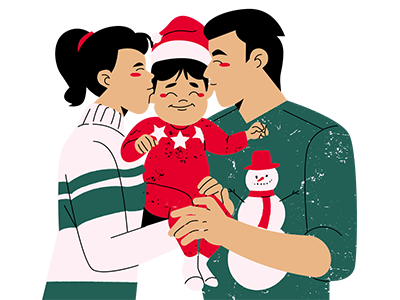
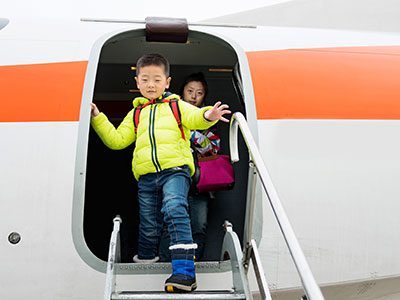






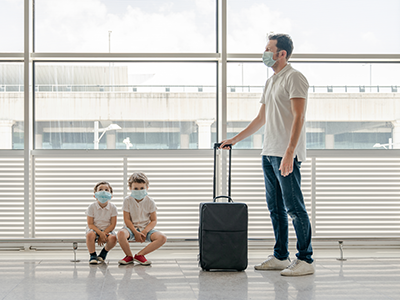
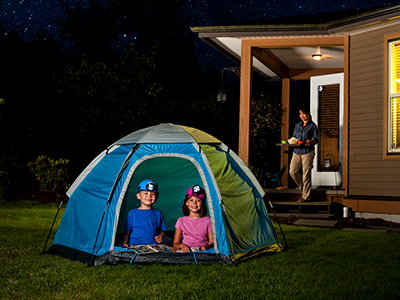


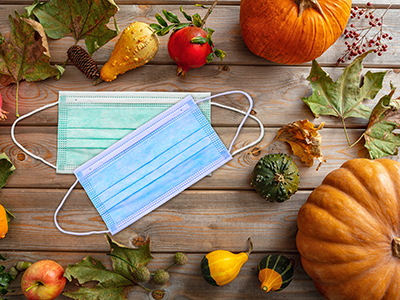


Leave a Comment
Want to join the discussion?Feel free to contribute!